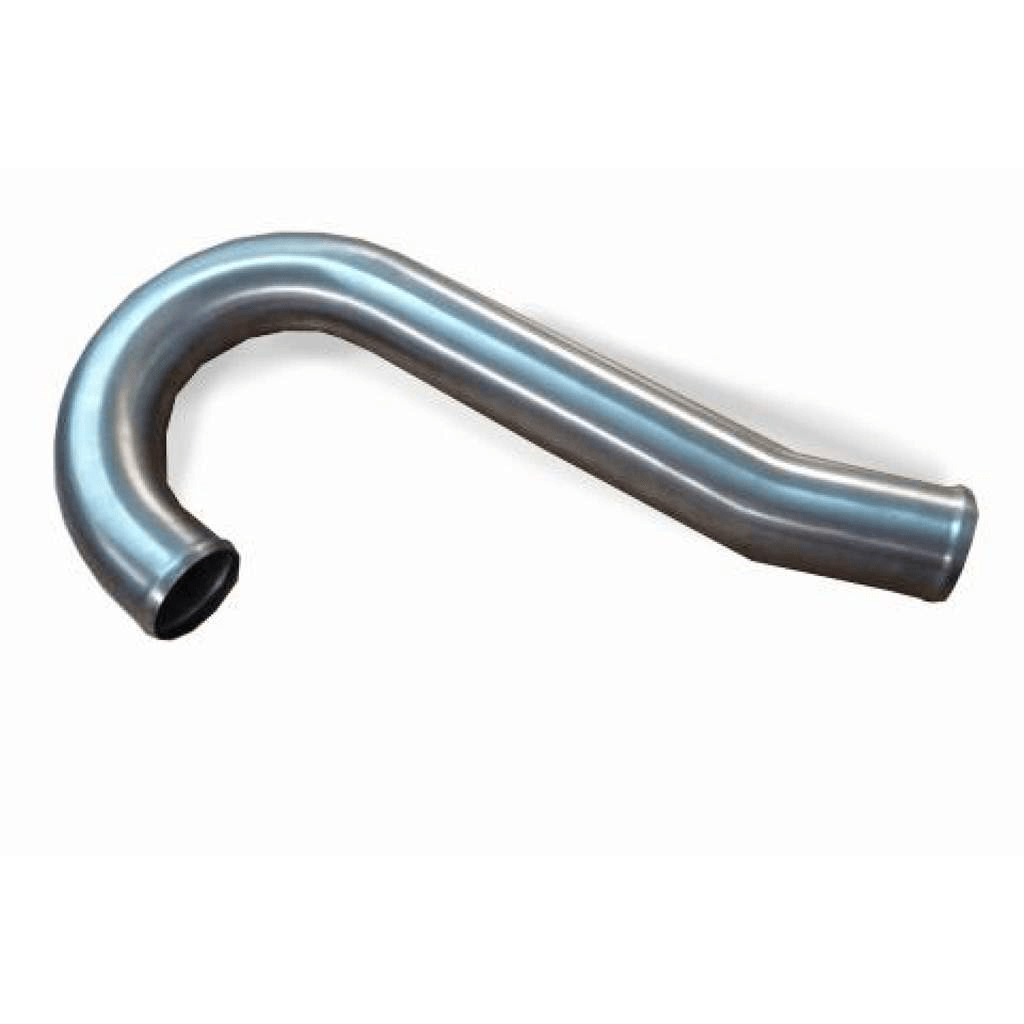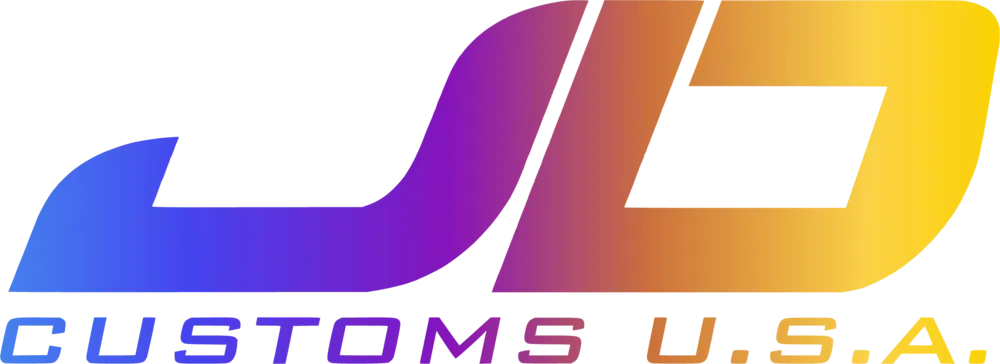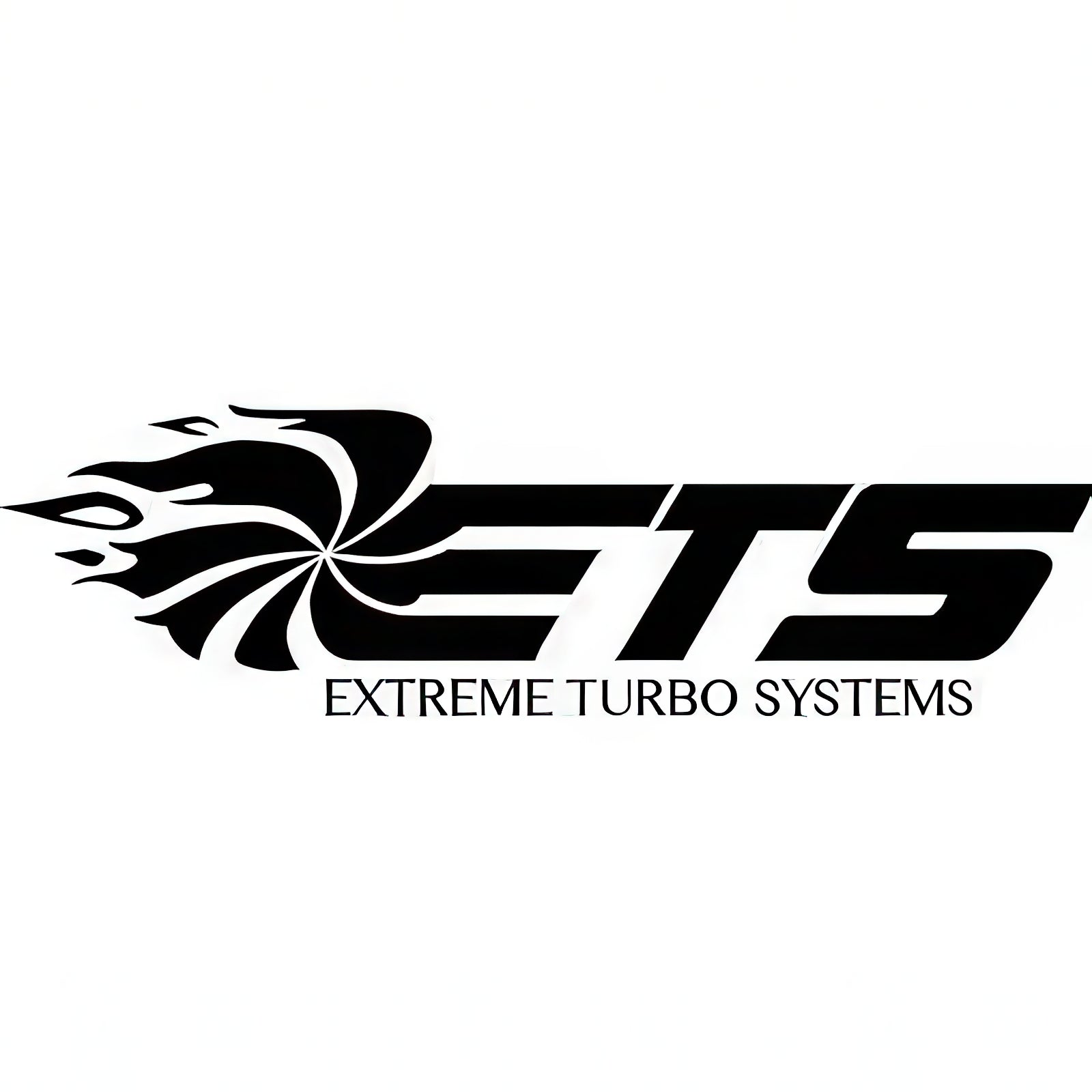
ETS Titanium LP2 Lower Intercooler Pipe (Evo 8/9)
Brand: Extreme Turbo Systems
100-20-ICP-157

ETS Titanium LP2 Lower Intercooler Pipe (Evo 8/9)
ETS Titanium LP2 Lower Intercooler Pipe
Quickest spool, lightest and world record proven performance. This ETS Mitsubishi Evo 8 and 9 Titanium LP2 Lower Intercooler Pipe has the shortest routing of any piping on the market. Allowing you IX or IIIV to spool up quicker, run cooler, and more efficiently.
This is the same pipe as our Lp2 but built out of Titanium and weights 1.6lbs vs the stainless steel 3.4lbs.
Features:
- Titanium Mandrel Bent Pipe
- Flows over 20% more than stock
The lower intercooler piping is possibly the biggest restriction in the intercooler system on the Evo. Just by installing the ETS Lower Intercooler Pipe you will gain 12hp in power and reduced lag time on initial spool up and improved transient response between gears. This piping can be installed by itself without a retune and allows you to upgrade the upper intercooler piping down the road. Our piping kit fit perfectly with both the stock and ETS intercoolers.
The ETS LP2 Lower Pipe for the Mitsubishi Evo 8 and 9 is the most powerful pipe on the market today. This pipe is the culmination of over 2 years of research and development, improving upon the average 7-9hp gains commonly found with most lower pipes on the market. Boasting a max hp increase of 12hp!
The ETS LP2 Lower Pipe delivers more power throughout a wider power band than any other pipe we tested including our previous ETS lower pipe.
The Key to this increased power output of the ETS LP2 Lower Pipe is the smooth and fast transition from 1.8" to 2.5" at the turbo outlet. In the past, there were two main schools of thought on lower pipe design.
We tested the stock pipe, our original pipe, a leading lower with the 2" bend and a cone reducer, and our new pipe. The test consisted of 5 pulls for each pipe. After making 5 pulls for each pipe, we threw away the highest and lowest pulls for each pipe, and averaged the remaining three pulls. From this average, we compared each pipe and found:
Stock Pipe - Avg. peak power 401.55hp
Competitors - Avg. peak power 405.69hp
ETS LP2 - Avg. peak power 410.74hp
The results speak for themselves, we already had a good product and we made it better, this along with a lifetime warranty, great customer service, and a fair price, should make anyone's lower pipe decision an easy one. We have included a Dyno graph and chart of the median stock pipe run, vs. the median ETS LP2 Lower Pipe Run

